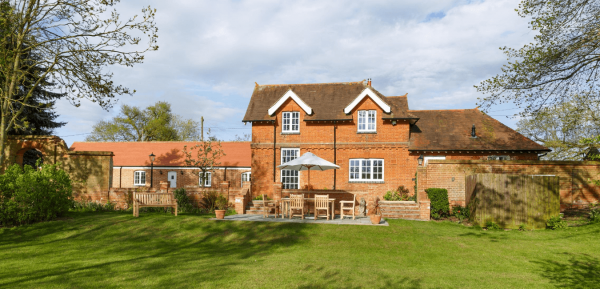Part 1
When I bought my first home in the 80’s the surveyor said the property was damp. As was the procedure in those days, I was informed to get a ’timber and damp, “specialist”, to go and inspect and issue a report. They suggested that I had rising damp! The cure was to hack off all of the plaster to 1 metre around the entire inside of the property. Which meant amongst other things, removing the bathroom suite and the kitchen. The property needed work anyway and I was young and ambitious. So: kitchen removed, bathroom removed, plaster hacked off. The damp specialists replastered the lower half of the walls in so-called ‘waterproof’ plaster and all the walls were injected with silicone. This work was good enough for the lender (bank), who we now know are party to this big hoax.
When I moved in, I had to completely redecorate, fit a new kitchen, fit a new bathroom, new flooring and make good all the damage to the property. As time went on, I was increasingly frustrated looking at my now imperfect walls. Despite best efforts, you could clearly see where the rooms had been replastered, there was a 1 metre line around the inside of the walls. I’ve been described as having a little ‘OCD’ and it drove me nuts.
Worse still, the flat developed a really bad damp problem when I moved in - worse than before. The windows used to steam with condensation and the walls would quickly get damp if I did not wipe them constantly.
What I could not understand was that this maisonette was elevated. The internal floor was quite a bit higher than the ground level. How was damp rising this high, even with my so-called ‘waterproof plaster’ and ‘silicone’ injections? The answer was that it wasn't.
My maisonette had the following: Modern double-glazing bricked up fireplace and clogged ventilation bricks. The property could not breathe. The double glazing was of the older type, with no ventilation slots.
I fixed the damp myself in the end by doing the following:
I increased the air circulation in the flat. Fitted an external extractor in the bathroom and in the kitchen. I made sure that the air bricks were functional and replaced where necessary. I fitted air bricks to the chimney breast. Also, I opened the windows daily and aired the flat. That's all, I could have done this in the beginning for a fraction of the cost of the ‘damp specialists’ works.
Summary.
I fixed the damp myself. The hacking off of the plaster and the injecting of silicon was all a complete waste of money and mess. Property, especially old property needs ventilation. From 30+ years in the property industry, I have seen this thousand of times. The cure for damp is normally very simple and it very rarely includes injecting anything with silicone. When dealing with an older property, you need to think holistically and do some research, which I plan to help you with here in the coming weeks.
#AskBeaumont






Share this with
Email
Facebook
Messenger
Twitter
Pinterest
LinkedIn
Copy this link